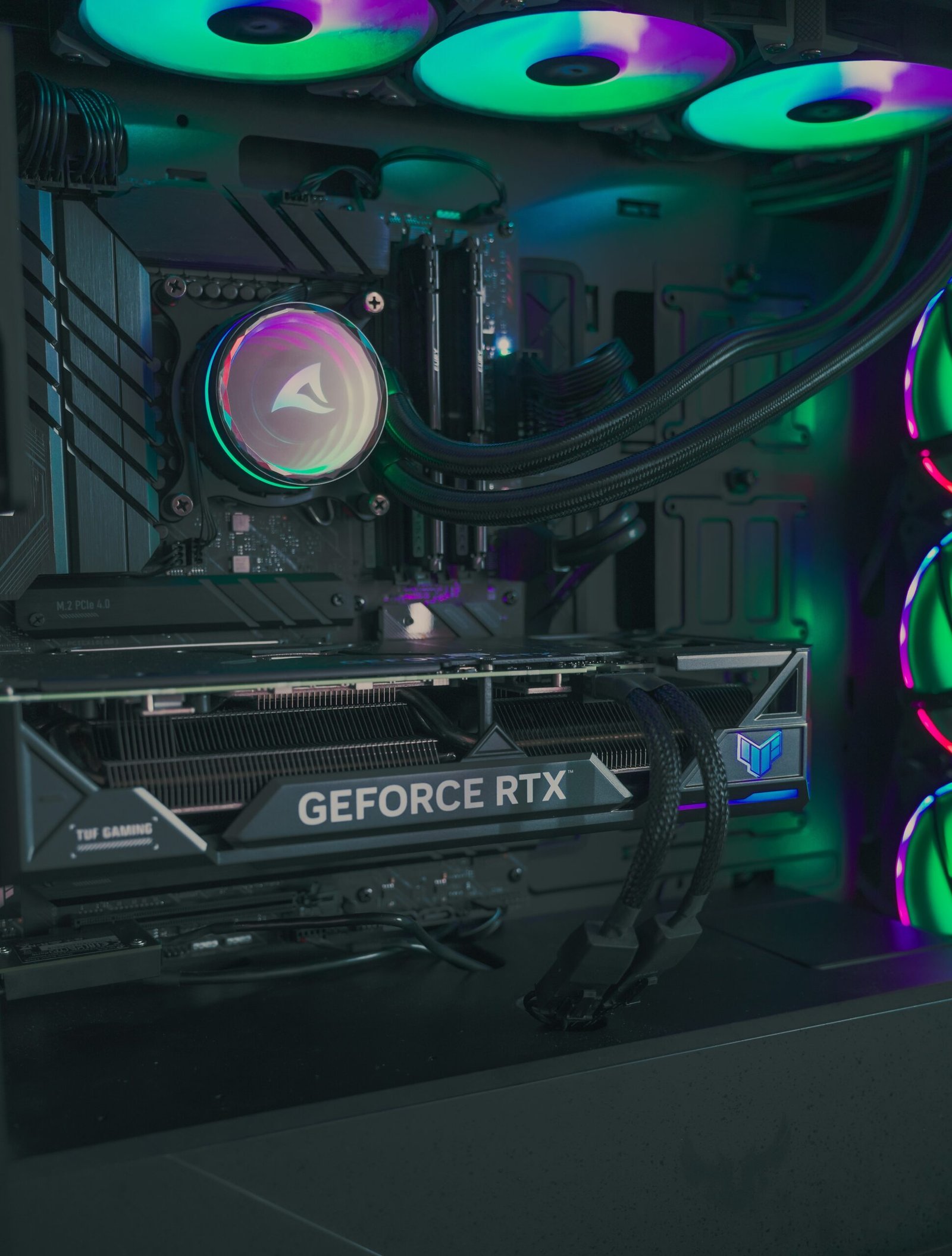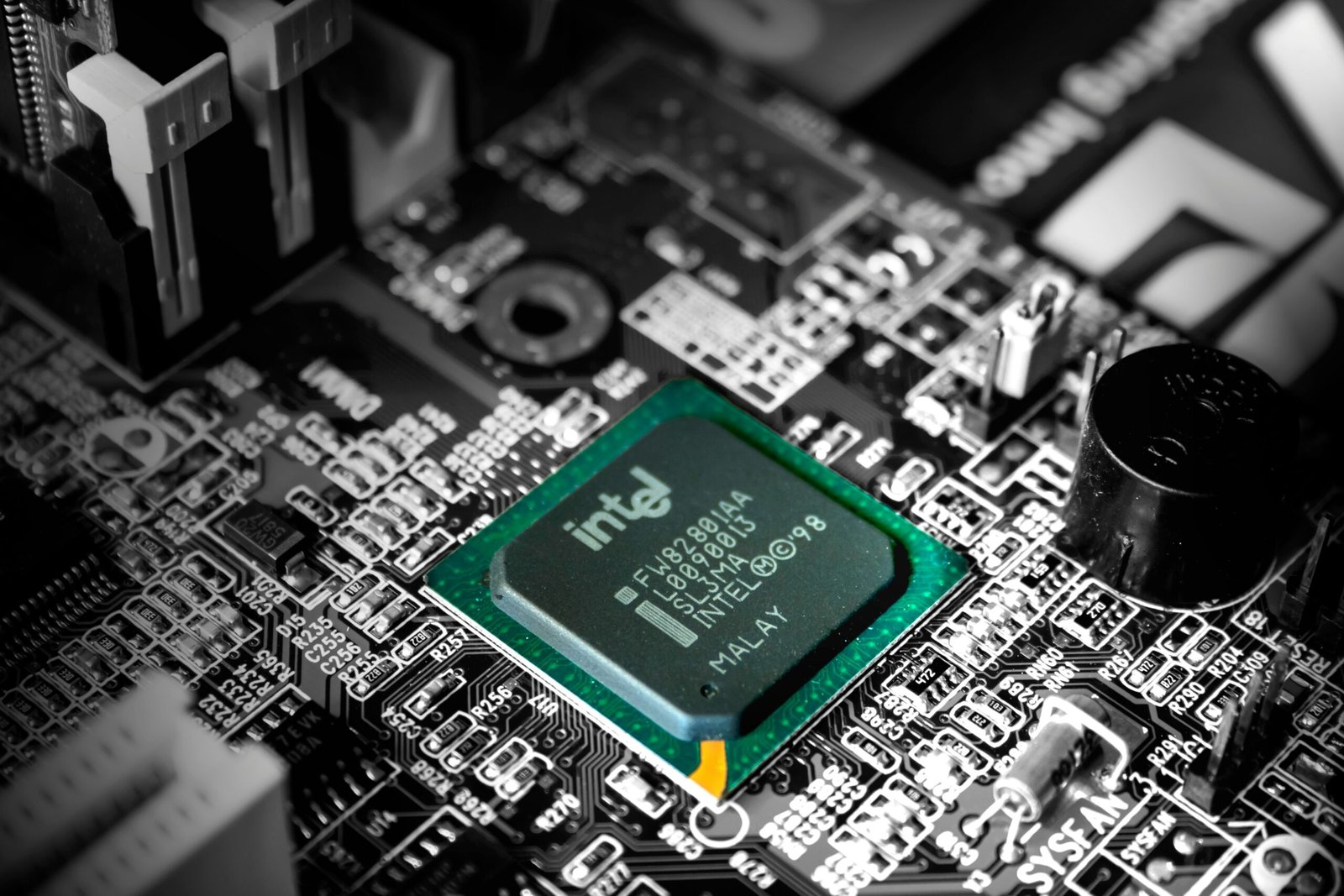Introduction to Gaming Hardware Upgrades
In the ever-evolving landscape of gaming, hardware upgrades play a pivotal role in enhancing the overall experience for players. As technology progresses, the demands placed on hardware components increase, often leaving gamers struggling with outdated systems that hinder their performance and enjoyment. Understanding the significance of these upgrades is crucial for any gamer looking to stay competitive and immersed in their virtual environments.
Outdated hardware commonly presents several challenges, including sluggish frame rates, extended loading times, and inadequate graphics rendering. These issues not only detract from gameplay but can also lead to frustration and a diminished experience that fails to live up to modern gaming standards. As game developers push the boundaries of graphics and performance with high-resolution textures and complex game mechanics, the necessity for timely upgrades becomes essential.
This article aims to address these pain points by exploring the top five must-have hardware upgrades for gamers in 2025. These enhancements are tailored to optimize performance, improve visual fidelity, and ultimately elevate the gaming experience. Whether you are a casual player or a competitive eSports enthusiast, the benefits of upgrading specific components can be substantial. From graphics cards that support real-time ray tracing to advanced cooling solutions that keep your system running smoothly under sustained loads, each upgrade stands to significantly impact your overall gaming experience.
As we delve deeper into each upgrade, readers will gain insights into how these modifications can transform their setups. The following sections will outline the essential hardware components every dedicated gamer should consider, ensuring that they can fully harness the potential of their gaming environments.
Graphics Card: The Heart of Gaming Performance
The graphics card, often referred to as the GPU (Graphics Processing Unit), is fundamentally essential for delivering an exceptional gaming experience. As the heart of gaming performance, it significantly influences frame rates, visual details, and overall graphics quality. With the introduction of new game titles in 2025, having a high-quality GPU becomes even more crucial for gamers seeking immersive experiences.
To illustrate the impact of upgrading a graphics card, consider the performance disparities between older models, such as the NVIDIA GeForce GTX 1060, and newer graphics cards like the RTX 3080 or AMD Radeon RX 6800 XT. The latter can achieve considerably higher frames per second (FPS) and support advanced ray tracing features, which dramatically enhance realistic lighting and shadow effects. According to various benchmarks, gamers with newer GPUs see improvements of nearly 50% or more in FPS compared to their older counterparts, resulting in smoother gameplay and less lag during intensive action sequences.
Moreover, as gaming titles increasingly push the boundaries of graphics fidelity and require more processing power, the necessity for a potent graphics card cannot be overstated. Research has shown that improving graphical performance correlates with heightened player satisfaction and a more engaging gaming experience. This makes selecting the right GPU vital. Gamers should consider factors such as budget, performance requirements, and compatibility with existing hardware when choosing a graphics card. Additionally, it is prudent to keep an eye out for upcoming releases and brand reviews to ensure that the investment aligns with both current and future gaming landscapes.
Increased RAM: Why More is Better
In the realm of modern gaming, the demand for increased Random Access Memory (RAM) cannot be overstated. As games evolve and become more complex, the requirement for sufficient memory has grown substantially. RAM essentially serves as the short-term memory of your system, enabling quick access to data and facilitating smooth operation across various gaming applications. In 2025, having more RAM is not just advantageous; it is essential for optimal gaming performance, especially for titles that are memory-intensive.
Standard RAM capacities of 8GB may have sufficed in previous years, but players are likely to find richer experiences and enhanced performance with 16GB or even 32GB of RAM. For instance, when comparing a gaming session at 8GB versus one utilizing 16GB, players often report significantly improved frame rates, reduced stutter, and quicker load times. This is particularly true when playing games that require extensive data processing or multitasking between applications, such as streaming software or communication tools like Discord.
To further enhance gaming performance, users should consider the type of RAM they are purchasing as well. DDR4 is still prevalent, but advancements in technology suggest that DDR5 RAM is becoming the standard, offering higher bandwidth and faster speeds. For gamers, choosing RAM with higher MHz ratings and lower CAS latency can provide noticeable improvements in performance. Additionally, a dual-channel configuration, which involves pairing two identical RAM modules, can help to maximize data transfer rates and overall system responsiveness.
In essence, the necessity of upgrading RAM cannot be overlooked, especially for gaming enthusiasts who seek smoother gameplay and optimal performance from their systems. As the gaming landscape continues to evolve, ensuring that your hardware meets these increasing demands is crucial for an immersive experience.
SSDs: Speeding Up Load Times
In the realm of gaming, every second counts, and solid-state drives (SSDs) have emerged as pivotal components that significantly enhance performance. Unlike traditional hard drives (HDDs), SSDs utilize flash memory to store data, which results in remarkably faster data access times. This characteristic leads to decreased loading times, effectively minimizing frustrations associated with waiting for games to launch or levels to load. Research indicates that games installed on SSDs can load up to three times faster compared to those on HDDs, a substantial advantage for avid gamers.
A significant development within the SSD landscape is the introduction of NVMe (Non-Volatile Memory Express) technology. NVMe SSDs utilize a connection interface that enables much higher data transfer speeds, often exceeding 3000 MB/s. This is in stark contrast to SATA SSDs, which typically max out around 600 MB/s. This speed increase is particularly beneficial for open-world games, where large assets must be loaded dynamically, enhancing not only the loading experience but also in-game performance. For example, a game such as “Cyberpunk 2077” exhibits improved responsiveness and texture loading when launched from an NVMe SSD.
Choosing the right SSD capacity is essential for gamers who wish to future-proof their setup. With modern games often requiring significant storage space, opting for an SSD of at least 1TB is advisable. This allows for an ample library of games, graphics, and save files without the constant need to manage and delete content. Additionally, considering future titles that may demand even more space helps in making a well-informed investment. As gaming technology evolves, the transition from HDDs to SSDs is becoming less of a luxury and more of a necessity for an optimal gaming experience.
Cooling Systems: Keeping Your Setup Running Smoothly
In the dynamic landscape of gaming technology, maintaining optimal temperatures for hardware components is essential. Gaming PCs and consoles under heavy load generate considerable heat, and without an efficient cooling system, this can lead to overheating. Overheating can significantly affect gaming performance, leading to frame drops, stuttering, and even system crashes. Additionally, prolonged exposure to high temperatures can diminish the lifespan of crucial components, making a robust cooling solution a fundamental investor for any gamer.
There are primarily two types of cooling solutions that gamers should consider: air cooling and liquid cooling. Air cooling systems utilize heatsinks and fans to dissipate heat efficiently. These systems are typically more budget-friendly, easier to install, and require less maintenance. Upgrading to a high-performance air cooler can lead to substantial temperature reductions, enhancing both stability and performance. For instance, a large tower air cooler can effectively reduce CPU temperatures by as much as 30 degrees Celsius compared to stock alternatives, thereby improving reliability during marathon gaming sessions.
On the other hand, liquid cooling systems offer superior heat dissipation for those who push their hardware to the limits. Liquid coolers circulate coolant through a series of tubes and a radiator, which can provide astonishing temperature control, particularly for overclocked CPUs and GPUs. With advancements in AIO (All-In-One) coolers, installation has become increasingly manageable, making this option appealing to many gamers. Real-world benchmarks indicate that a well-configured liquid cooling solution can maintain GPU temperatures at around 65 degrees Celsius under load, while air cooling might allow for temperatures nearing 85 degrees Celsius. This drastic reduction promotes not only enhanced performance but also extends the life expectancy of vital components.
Ultimately, choosing the right cooling system depends on individual usage patterns and environmental factors. For casual gamers, a quality air cooling solution could suffice, while competitive players or those utilizing resource-intensive applications may benefit significantly from investing in liquid cooling systems. By implementing an effective cooling solution, gamers can ensure their systems run smoothly, allowing for a more enjoyable gaming experience.
Conclusion
As we have explored in this article, the gaming landscape in 2025 is poised for significant advancements, making hardware upgrades essential for an enhanced gaming experience. The five must-have upgrades discussed—from powerful graphics cards to fast storage solutions—will dramatically transform how gamers interact with their favorite titles. Each of these enhancements contributes to improved performance, immersive graphics, and overall user satisfaction.
When considering hardware upgrades, it is vital for gamers to assess their individual needs and preferences. Analyzing factors such as budget, gaming genres, and resolution demands can streamline the decision-making process. For instance, competitive gamers may place a premium on high refresh rates and low input lag, while casual players might prioritize stunning visual fidelity. Additionally, keeping abreast of technology trends in 2025 can provide insights into which components will offer the best performance-to-cost ratio.
Investing in the right hardware can offer a more responsive and visually striking experience, ensuring that gamers stay ahead in an ever-evolving landscape. As component prices fluctuate and new technologies emerge, it is prudent to take a balanced approach to upgrades. Choosing the right time to invest is just as critical as selecting the components themselves. Gamers should keep an eye on sales events, product reviews, and community feedback to maximize their upgrade potential.
We invite you to share your experiences and insights regarding hardware upgrades in the comments section below. What upgrades have made the most significant difference in your gaming experience? Do you have any predictions about future gaming hardware trends? Engaging in this discourse not only enriches our understanding but also helps the gaming community thrive. Let’s elevate our gaming experiences together!




